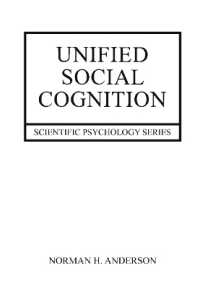Full Description
Multilingual Crisis Communication is the first book to explore the lived experiences of linguistic minorities in crisis-affected settings in the Global South, particularly during the Covid-19 pandemic. China has been selected as a case of inquiry for multilingual crisis communication because of its high level of linguistic diversity. Taking up critical sociopolitical approaches, this book conceptualizes multilingual crisis communication from three dimensions: identifying communication barriers, engaging communication repertoires, and empowering communication justice.
Comprising eight main chapters, along with an introduction and an epilogue, this edited book is divided into three parts in terms of the demographic and social conditions of linguistic minorities, as indigenous, migrant, and those with communicative disabilities. This book brings together a range of critical perspectives of sociolinguistic scholars, language teachers, and public health workers. Each team of authors includes at least one member of the research community with many years of field work experience, and some of them belong to ethnic minorities. These studies can generate new insights for enhancing the accessibility and effectiveness of multilingual crisis communication.
This book will be of interest to academics and postgraduate students in the fields of multilingualism, intercultural communication, translation and interpreting studies, and public health policy.
Contents
Contents
List of Figures
List of Contributors
Acknowledgements
Multilingual crisis communication: Beyond languages and modalities, Jia Li, Jie Zhang
Part I: Multilingual crisis communication in ethnic minority regions
Chapter 1. Baipkv as networked multilingualism in an ethnic Bai-centered region in times of crisis, Hongmei Yang, Hongyan Yang
Chapter 2. Zhuang-speaking village doctors as language and cultural brokers in times of crisis, Jia Li, Zhenyao Lu, Mengyi Luo, Zhuyujie Zou
Chapter 3. Crisis experiences in leisurescape: A case study of a minority region during COVID-19, Yin (Ivy) Wu
Part II Multilingual crisis communication with foreign migrants
Chapter 4. Rethinking translation and interpreting in Chinese borderlands in times of crisis: A critical sociolinguistics approach, Jinhyun Cho, Jia Li, Jie Zhang, Meichun Xue
Chapter 5. Collective agency in facilitating emergency language services: The story of Yiwu during the COVID-19 pandemic, Sixuan Wang, Yongyan Zheng
Chapter 6. Maintaining academic performance through multilingual communication, Hongqiang Zhu, Jiewei Li, Pan Pan
Part III Multilingual crisis communication for vulnerable populations
Chapter 7. Towards participatory and inclusive emergency management: The role of Deaf volunteers in crisis communication in Wuhan during the COVID-19 pandemic, Li Lyu, Jie Zhang, Lei Mu, Jing Cui, Wan-Chen Chen
Chapter 8. Multilingual communication experiences of HIV-infected Burmese wives, Rui Deng, Yan Xiao, Jia Li, Yongqin Dong
The future of multilingual crisis communication, Ingrid Piller
Index








